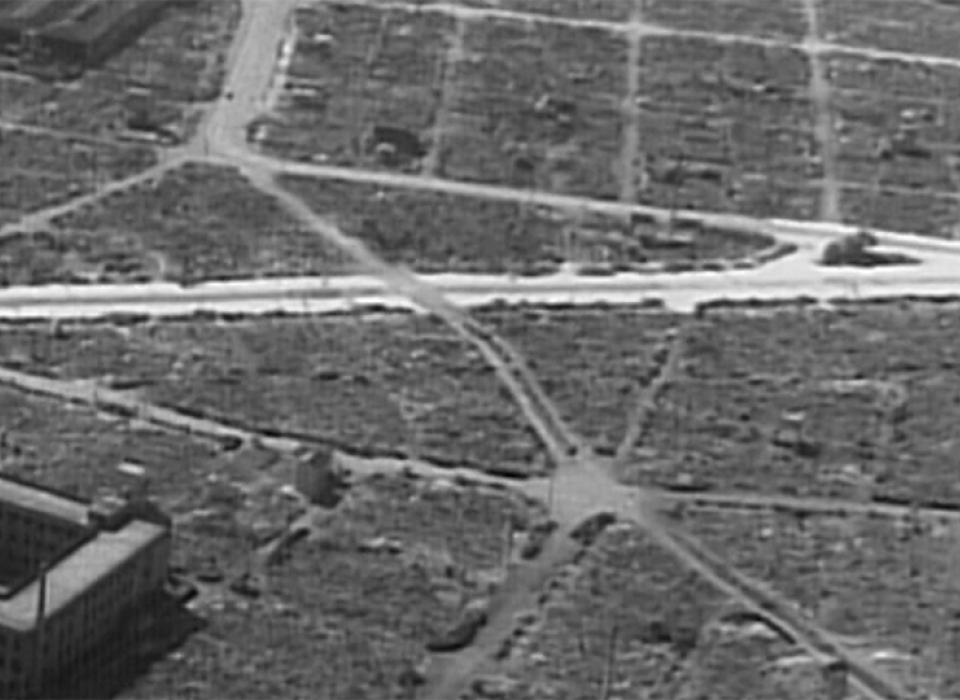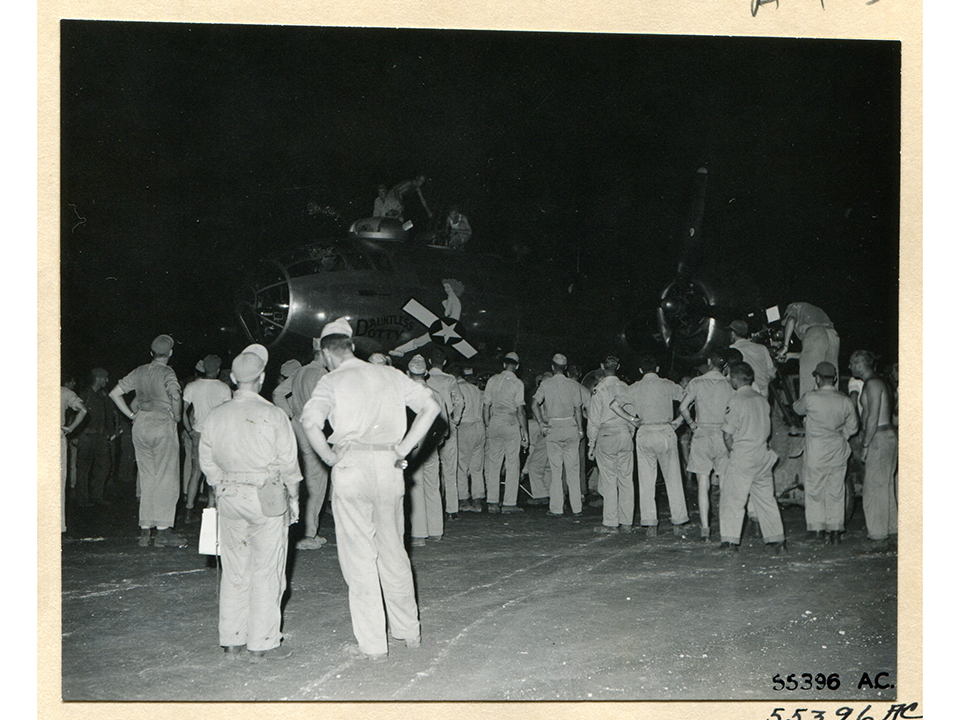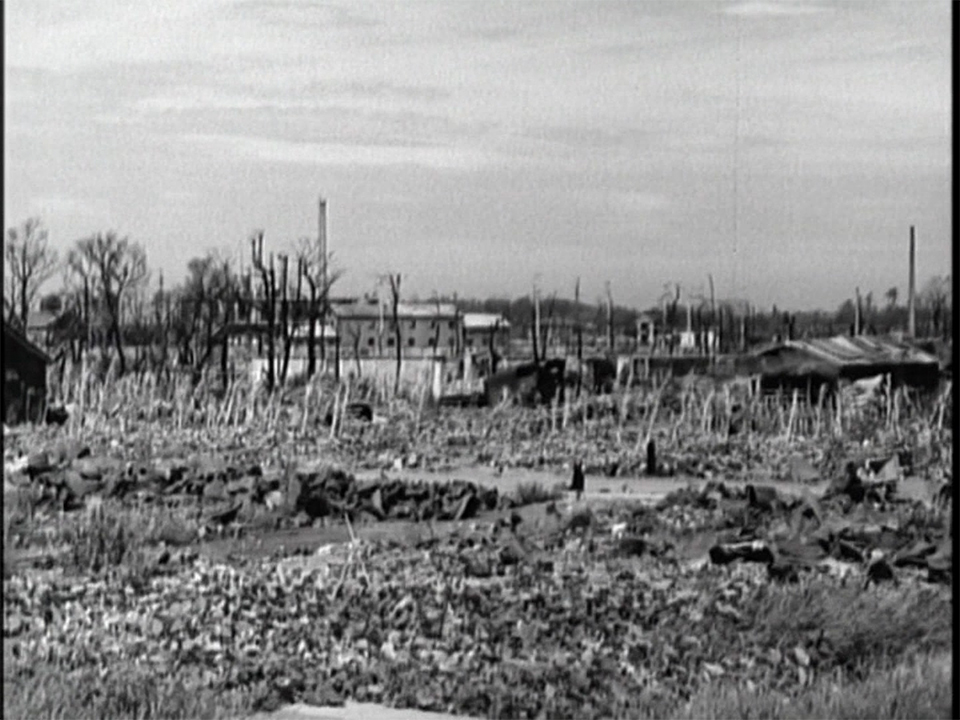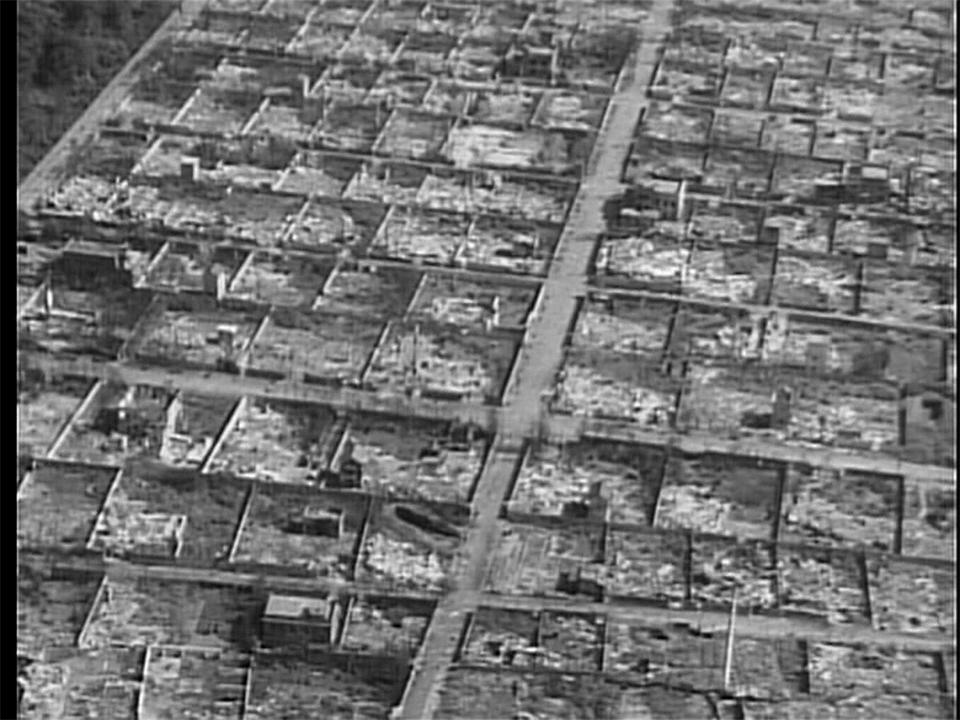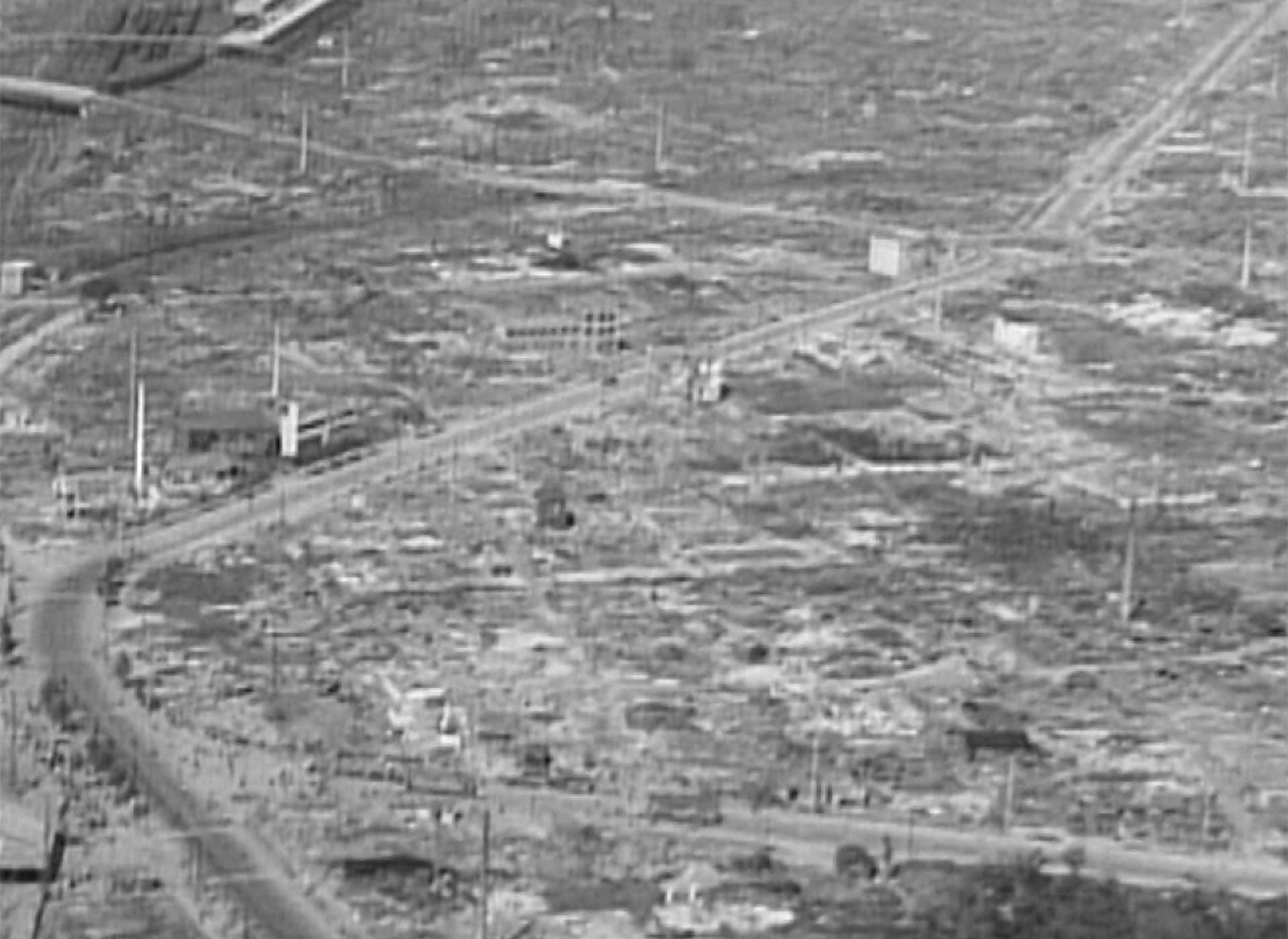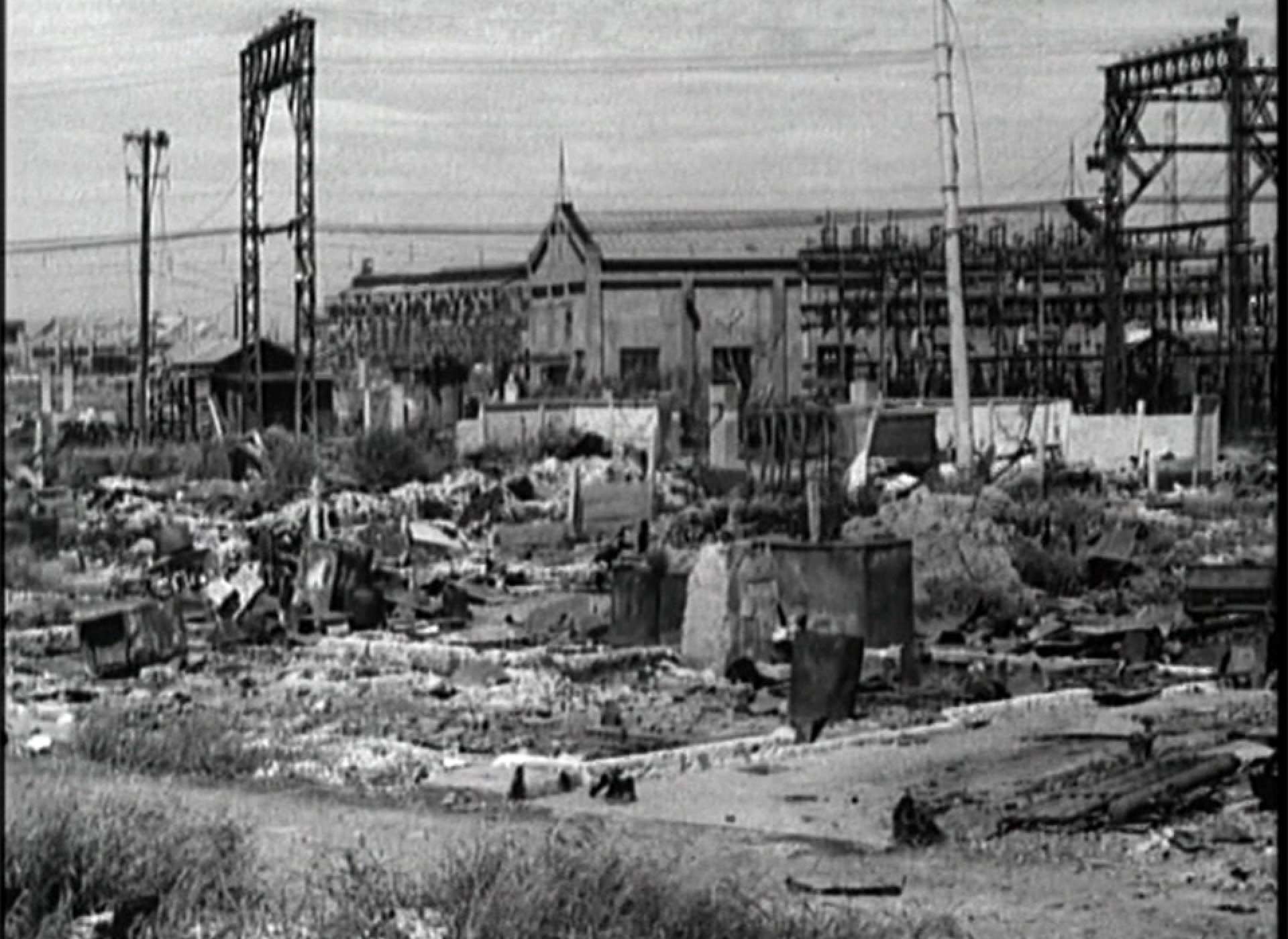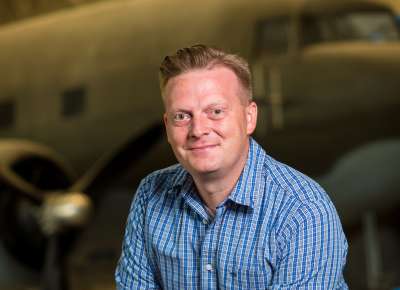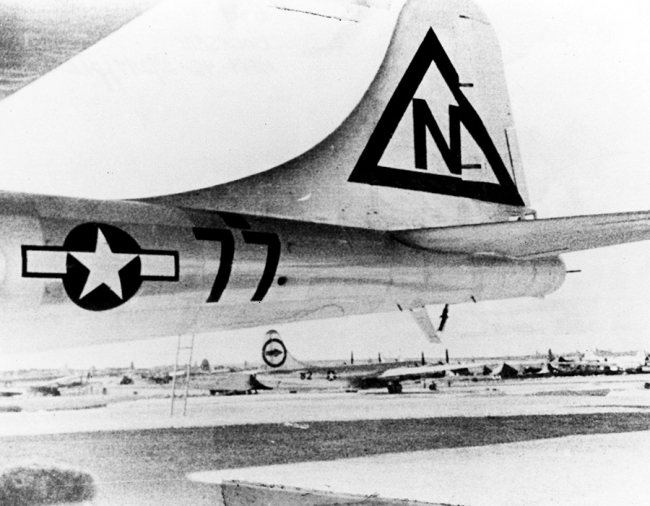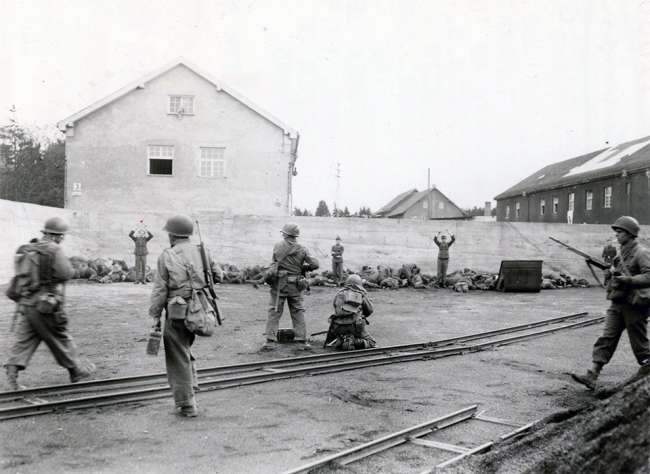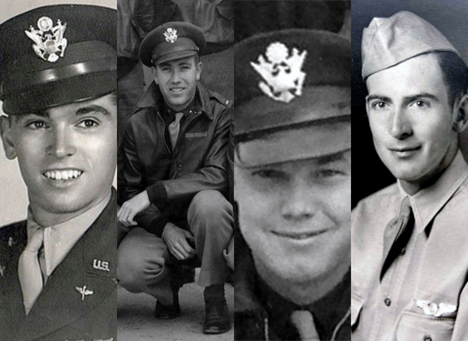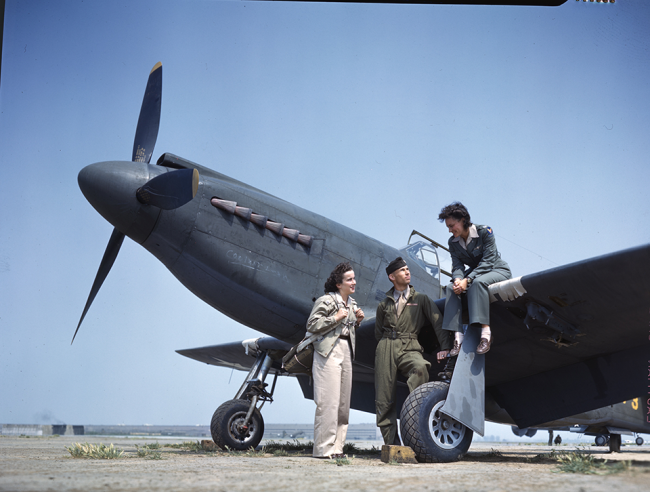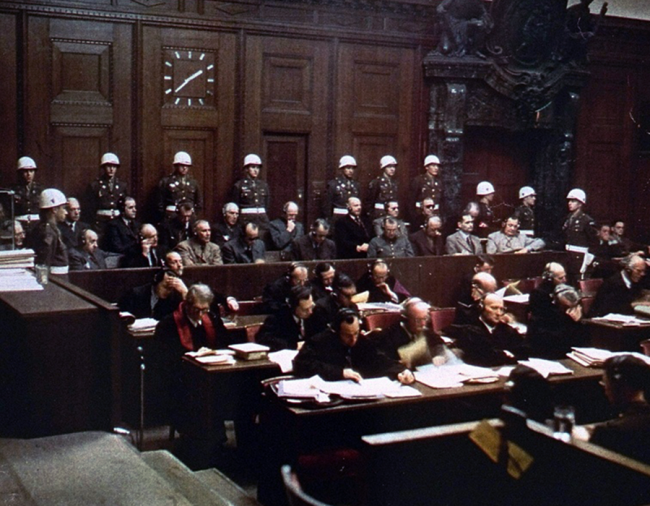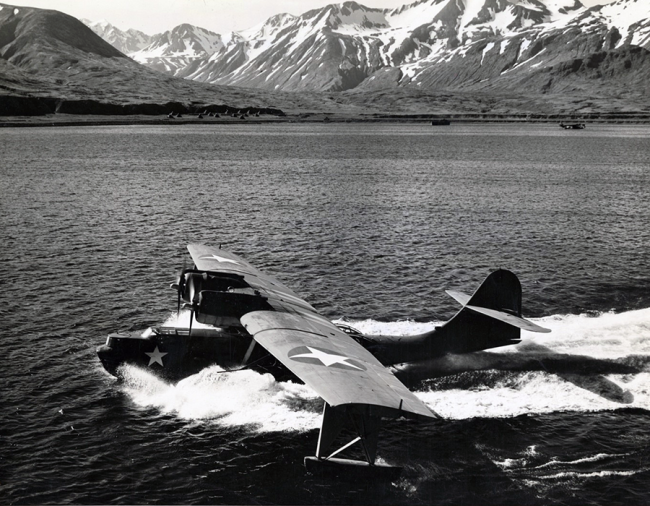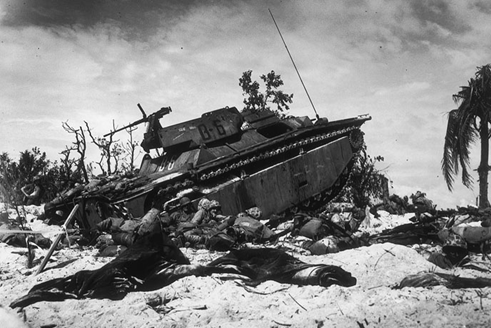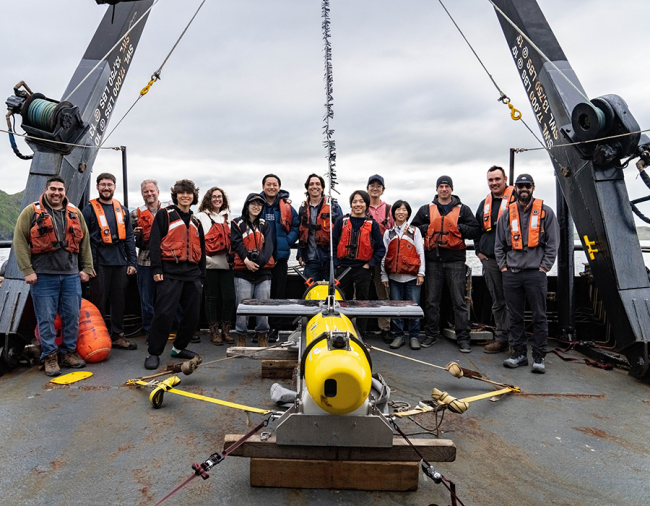An ominous, deep glow burned crimson on the horizon ahead as the huge silver B-29s streaked low above the surface of the Pacific. There would be no trouble finding the target this night, March 10, 1945. It was clearly marked for all in the formation to see, burning like a funeral pyre, the flames practically licking the night sky. Far back in the formation, Richard Baile of the 9th Bombardment Group, in his Superfortress, could “almost read a paper in the cockpit” due to the fires consuming Tokyo below. As Baile passed over the target and dropped his bombs, he couldn’t help but think of the utter horror that was taking place beneath him.
The horror that Baile was contemplating was the result of months of planning, multiple failures, a handful of experiments, and relatively few successes. In the summer of 1944, the United States Marine Corps and Army seized three islands in the Marianas chain, Saipan, Tinian, and Guam. These islands, unlike some of the other recent conquests, were not just mere stepping stones on the road to Tokyo. These islands held special strategic significance, and would play a vital role in the defeat of Japan in the coming months.
The Marianas' placement on the globe put Japan within striking range of Army Air Forces B-29 Superfortresses. The newest heavy bomber fielded by the AAF, the “Superforts” had an astounding range of over 3,200 miles and a ceiling of over 30,000 feet. The B-29s were designed to fly at altitudes so high that most enemy fighters could not reach them, and to cascade bombs on targets with ultimate precision and lethality. B-29s had been bombing Japan with little success from China since mid-1944. But when the bombers began using the new massive air fields in the Marianas chain on November 24, it marked the first time in history that a transoceanic bombing raid took place, and the first time an American aircraft formation had been aloft over Tokyo since Jimmy Doolittle’s Raiders had flown over the Imperial capital way back in 1942.
The November 24 raid, while hyped beyond belief, did little damage. Incredibly fierce winds and thick cloud cover limited the strike to a paltry 24 bombers. What bombs rained down on the capital widely missed their target. More raids followed and more failures occurred. The B-29s, cruising along at 32,000 feet, were literally sucking their fuel tanks dry due to massive head winds, forcing many to crash into the sea on their way home with the silver behemoths devoid of the precious fuel needed to get the crews back to their island homes. Even when the winds up high weren’t that bad, they were below. Blowing sometimes at over 250 miles per hour at around 23,000 feet, the newly discovered jet stream blew the hundreds of bombs raining down on Japan harmlessly into the sea, where the Americans racked up an impressive fish kill total that would have made any Japanese fisherman green with envy. Resources and lives were being wasted in the daylight high-altitude attacks. Clearly something had to be done. Enter the general known as “Iron Ass."
General Curtis LeMay formally took over the XXI Bomber Command in January 1945, and was promptly given the responsibility of conducting the strategic air campaign against Japan’s home islands. Initially, LeMay’s results were painfully similar to those of his predecessor. LeMay realized that it wasn’t necessarily the men who were not getting the job done, it was the way in which the men were being told to do the job. High altitude tactics over Japan, with its unpredictable winds and weather, just simply weren’t going to cut it anymore. Faced with the thinly veiled threat, that unless LeMay and his “Superforts” inflicted extreme violence on Japan through the air, an amphibious invasion of the Home Islands would have to be executed with an estimated 1,000,000 potential American casualties, “Iron Ass” LeMay changed tactics. Drastically.
Throwing the tactics used in Europe out of the window, LeMay ordered his fliers to go against everything they had been trained to do. There would be no more 32,000-foot daylight raids. The B-29s would become night raiders, and they would come in low. LeMay’s advisors had convinced him that Japan lacked any real low-level flak capabilities, and the enemy fighters would be far less effective attacking the low flying bombers in pitch black darkness at altitudes ranging from 5-9,000 feet. The low altitudes, his advisors said, would negate the bedeviling jet stream and would allow his crews to place their bombs directly on the target. Not that real precision would actually be needed.
The preferred munitions for American heavy bombers were high explosive bombs, 500 and 1,000 pounders. Against European cities of stone and concrete, the conventional bombs performed extremely well. Against the wooden cities of Japan, specifically Tokyo, the “HEs” did not. Small scale, limited incendiary raids had been carried out earlier in the year by LeMay’s crews with some success. Nagoya and Kobe had absorbed the fire raids, and suffered accordingly. Convinced that the way to destroy Japan’s ability to wage war was by burning its wooden cities to the ground, LeMay ordered Mission 38 to proceed.
The fire raid against Tokyo on February 25 proved to be successful, and further convinced LeMay what he had to do next: Obliterate the Imperial capital by firestorm.
For a firestorm to be as destructive as possible, at least a man-made one, it had to have the right conditions. The weather had to be dry, and had to have been dry for quite a while. There had to be strong winds, and in Tokyo’s case, winds blowing in from the north. Finally, the ability of the target to fight the fire had to be limited.
The Imperial capital of Tokyo checked all of those boxes on the night of March 9-10. Tokyo had been unseasonably dry for that time of year, little rain had fallen recently, and the wooden structures of the city were bone-dry. The winds on the night of March 9, and into the early morning of March 10, were strong. Gusts of over 65 miles per hour were recorded in the city in numerous spots. Tokyo’s firefighting ability was next to non-existent for a city of its size. Just over 8,000 firemen were assigned to the Tokyo area, and between those 8,000 men there were 1,000 pieces of equipment…and exactly three firefighting extension ladders. Three. Air raid shelters in the city were also non-existent. The government felt that officially constructing air raid shelters would be damaging to morale so as to give the impression that Tokyo could actually be bombed by the enemy.
For his target, LeMay chose a small area of Tokyo, a three by four square mile area that housed an estimated 750,000 people. It was determined (correctly) by American intelligence that a high concentration of small factories that made up Japan’s cottage industry production capability were in this specific area of Tokyo. With the target selected, the airplanes loaded, and the crews briefed, the first B-29 lifted off from Guam’s North Field just after 5:30 on the afternoon of March 9, 1945. That first B-29 was followed by over 270 more, taking off from Guam, Saipan, and Tinian, at 50-second intervals…all bound for Tokyo. Mission number 40, codenamed Operation MEETINGHOUSE, was underway.
Air raid sirens wailed in Tokyo around 10:30 p.m., though most inhabitants paid little attention. While some of the citizenry dutifully filed out of their wooden homes, many did not. Tokyo had been bombed before, but only once at night and not by many aircraft. Japanese coast-watchers heard the approaching bomber formation around midnight. Initially confused by the sound of so many aircraft approaching so low, they hesitated reporting the sound of the impending attack until 12:15 a.m. By then, it was too late. The first B-29s over Tokyo were pathfinders. Their task was to mark the target area for the following bomber stream. Coming in over the target from opposite directions, the pathfinders dropped their payload, which scattered over the wooden rooftops and immediately burst into flames. The pathfinders' job now done, they retreated from the area, the target now brightly illuminated in the shape of an enormous fiery “X."
The following B-29s dumped over 1,665 tons of incendiary bombs on Tokyo that night. The napalm inside of the bombs devoured everything they touched. Each of the 279 B-29s bomb loads covered an area around 2,000 feet long by 300 feet wide.
Fourteen minutes after the first fire bombs fell and began to blaze, the city’s firemen conceded defeat, acknowledging that the “hellfire” was upon them.
An hour after the first fires started, the conflagration spread beyond the target area, and LeMay’s desired firestorm was achieved with devastating results. The citizenry in the target area ran through the streets in panic, desperate to find any form of safety from the searing heat. The heat, which is reported to have reached an unimaginable temperature of 1,800 degrees in some locations, sucked the oxygen out of the air, asphyxiating those it did not simply roast to death. The clothes on people’s backs, those that weren’t on fire from the actual bombs, literally burst into flames from the heat. The glass in windows began to liquify. The superheated air and cyclonic winds from the firestorm blew the liquified glass into the air, where it fell on people like some terrible rain, imbedding itself into their scalps where it continued to melt into the hair and skin.
As the people began to flee, their first instinct pushed them towards water. Water, it was thought, would kill the intense heat and protect those who immersed themselves in it from any harm from the roaring flames now sweeping through block after block of Tokyo. However, on this night, water would not be the saving grace from the fire. The Futaba school was known for its massive swimming pool and large brick buildings, so people flocked to the school hoping to get to the pool or take refuge in the school. The next morning, thousands of corpses were found in the school, not burned, but baked and roasted to death by the heat. Those who found refuge in the pool were no better off. Over a thousand bodies were counted in the pool, which was full to the top with water the night before, but in the morning was bone-dry. The water had boiled out of the pool, and as it did so, it boiled alive the people who were attempting to save themselves from the unrelenting heat.
The B-29s passed over Tokyo for well over an hour, adding more fuel to the ever-growing fire. Japanese air defenses, as predicted, were meager at best. Some B-29s were caught in searchlights, their crews terror stricken as every gun available trained on their bomber and fired every round possible. Despite their best efforts, the Japanese anti-aircraft gunners were ineffective. The B-29s were simply too low, too fast, and too many.
While the defenses didn’t pose too much of a threat to the “29ers," their own bombs and the destruction and firestorm they created did. The firestorm, with its intense heat and winds, created tornadic activity that caused updrafts in the flames and in turn created massive turbulence. The turbulence was such that the bombers buffeted along with sudden altitude changes as much as 1,000 feet, up or down. In some cases, the winds actually flipped some of the B-29s over in mid-air. Their crews only realized they were inverted when everything inside the airplane came crashing down on them, and the flames that were below them an instant before were now above them.
As the bombers passed over the target area and opened their bomb bay doors to unleash their payload, many of the crews were met with a sickening odor. Maynard David, a bombardier, recalled that, “when the bomb bay doors opened, the plane filled with smoke from the ground and we smelled this horrible odor. We closed the bomb bay doors after we dropped and headed to sea. The odor was still so strong in the plane that the pilot ordered me to open the doors again to let the fresh air in. You could only imagine what was going on down below us.” The odor, of course, was the smell of burning human flesh. Such were the casualties on the ground that the smell would permeate the airplanes and the flight suits of the crews for days after the raid.
Tokyo burned for days after the MEETINGHOUSE raid. Human corpses littered the streets seemingly everywhere within the target area. Burnt charcoal-like piles on streets, corners, and inside homes were stark reminders that a human being had burned to death on that spot. Stacks of corpses that had melted together to form piles two meters high, or more, and were common sights throughout the area. The city’s river slowed to a trickle as stacks of dead bodies drifted down-stream, clustered together around bridges, and stopped the flow of the river like some hideous, grotesque beaver dam. It would be weeks before Tokyo officials could begin to dispose of the dead and clear the rubble.
Post-raid analysis stated that Tokyo’s ability to produce war materiel, or any materiel really, was cut in half. Sixteen square miles of the formerly bustling capital had been razed to the ground. Over 1,000,000 people were left homeless after the raid, and more than a quarter million buildings and homes had been destroyed. Morale among the citizens of Tokyo plummeted. For the first time, many came to the realization that the war was lost. Their government could feed them all the false propaganda it wanted, but the fiery writing was literally on the walls. The estimated 110,000 fatalities were all one needed to know to prove that point.
-

Tokyo's housing district burnt to the ground months after the Meetinghouse raid.
-

Burnt out factory areas of Tokyo in 1946.
American casualties were significantly less, to say the least. Around 90 airmen were missing after the raid, and 14 B-29s never returned either due to enemy fire or accident. General LeMay and his boss General Hap Arnold considered MEETINGHOUSE to be a rousing success. The mission to destroy Japan’s cottage industry, at least in Tokyo, had been achieved. Such was the success of MEETINGHOUSE that the fire-bombing of Japan’s cities did not end with March 9-10. Nagoya, Osaka, Kobe, Nagoya (again) all were attacked with incendiaries in the same week as Tokyo. The bloodletting would not end anytime soon. Incendiary raids would rain down upon Japanese cities all across the country. Altogether, air raids on Japan—incendiary, conventional, and later nuclear—would continue until August 10, 1945. The sheer destruction and violence of the raids achieved their goal. No amphibious invasion of Japan would occur. After the destruction of Hiroshima and Nagasaki by nuclear weapons, Japanese Emperor Hirohito finally conceded defeat. This was only after hundreds of thousands of the Emperor’s subjects had been killed due to the aerial bombing.
Seth Paridon
Seth Paridon was a staff historian at The National WWII Museum from 2005 to 2020. He began his career conducting oral histories and research for HBO’s miniseries The Pacific and holds the distinction of being the first historian hired by the Museum’s Research Department. In the 12 years he was Manager of Research Services, Seth and his team increased the oral history collection from 25 to nearly 5,000 oral histories.
Cite this article:
MLA Citation:
APA Citation:
Chicago Style Citation:
